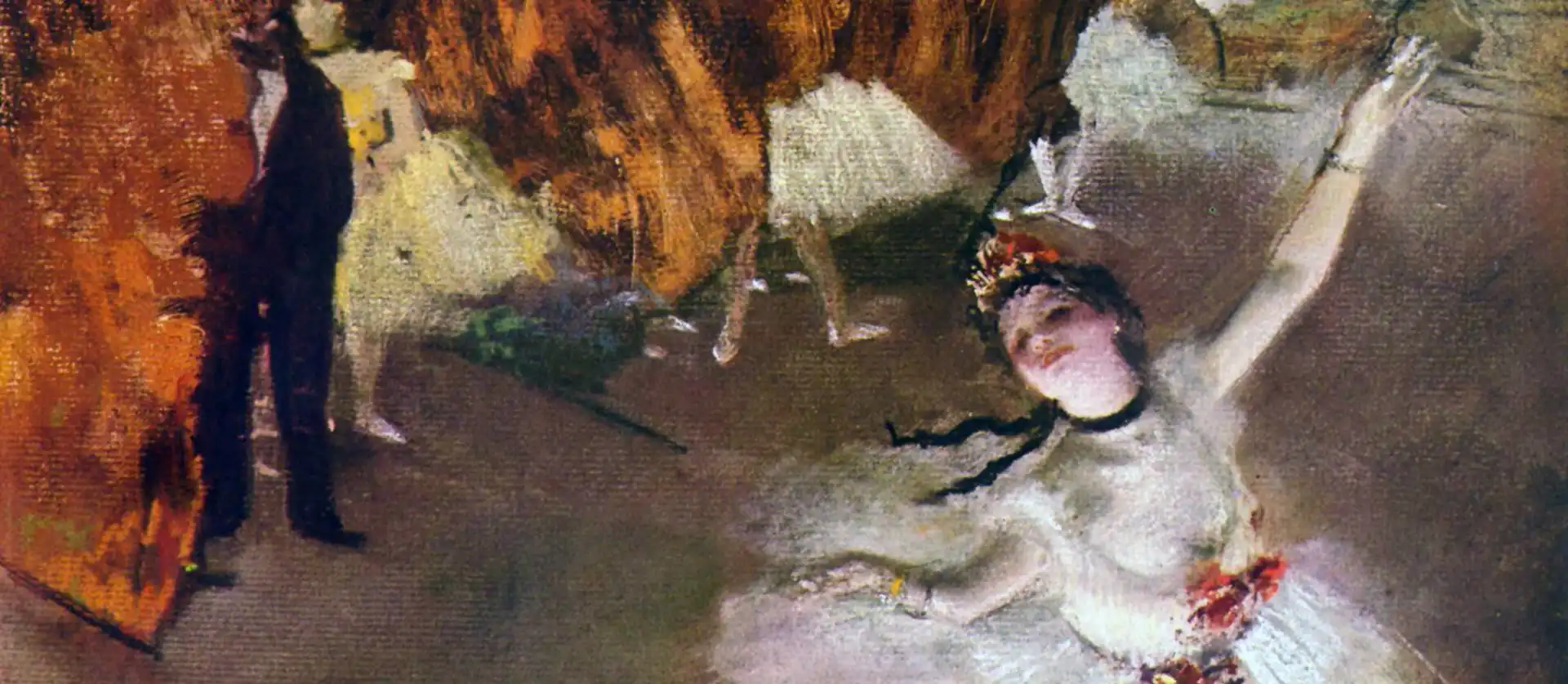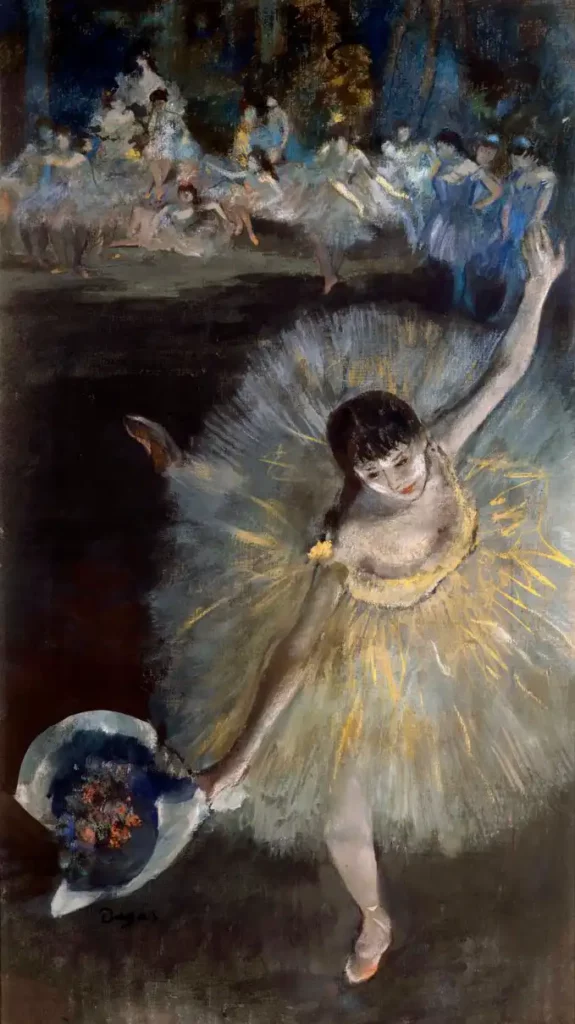The Competition

The Roseta Mauri Internacional Dance Competition, held since 2002, stems from the urge to reveal the talent of young dancers and to give impulse for their artistic carreer. It is an international competition and the one with the most significant financial dowries in Spain.
The Theatre Fortuny Foundation in collaboration with the Fortuny Theatre of Reus held this competition every two years and after more than twenty years of trajectory and ten accomplished editions, the Roseta Mauri Competition has transformed the Fortuny Theatre into a platform of opportunities. Previous editions’ winners and finalists have reached their goals: dance in prestigious companies.
Roseta Mauri
The name of the award is taken from the dancer in this famous painting by Degas, Rosa Mauri Segura (1849-1923), known as Roseta Mauri, who, having danced in the main theaters of Europe, became a star dancer at the Paris Opera. The artist’s first teacher was her father, Pere Mauri, a choreographer and dancer from Reus. Tenacious and prodigious at only eleven years old, Mauri joined the dance troupe of the Teatre Principal in Barcelona.

Roseta Mauri (1849-1923) was an exceptional prima ballerina in the main European theatres of her era. The daughter of Reus-born choreographer and dancer Pere Mauri, she always took pride in her origins. Isabel Amanda Rosa Mauri Segura was a prodigious, tenacious, and temperamental child who, under the decisive influence of her father, began dancing in the corps de ballet at the Teatro Principal in Barcelona in 1870. After performing at the Teatro Euterpe in Reus and the Tívoli in Vilanova i la Geltrú, she embarked on a tour of Hamburg, Milan, Vienna, Rome, and Berlin. She received her first lessons during a visit to the Teatro Liceu in Barcelona from Belgian dancer and choreographer Henri Dervine. After her performance at the Liceu, the management of the Teatro Principal requested her as their prima ballerina, and she began the season under the direction of Teodor Roca, partnering with dancers Vicente Moreno and Manuel Panadero.
In 1877, she performed at the La Scala in Milan, where the French composer Charles Gounod saw her dance and arranged for her to be hired by the Paris Opera, where she premiered the ballet from his opera Polyeucte. From then on, she became the principal star of the theatre. There, she premiered the ballet La Korrigane in 1880, which was written specifically for her by the composer Charles Widor, and in 1886, she premiered Les deux pigeons by Messager.
Her interpretation of the ballet Sylvia by Leo Delibes was memorable, as was the ballet from the opera Le Cid by Massenet. Naturally, she also featured in the ballets of the operas performed at the Paris Opera and in major European theatres. She gained great fame and popularity for both her talent and technique and for her personality, due to her temperamental nature and personal charm, which was a source of inspiration for numerous artists who immortalised her in their works, such as the sculptors Bensi, Puesch, Marqueste, Euxebi, Arnau…, and the painters Edgar Degas, Lèpic, Andreszorna, Bonnat, M. Bertier, Manet…
Upon retiring as a dancer, she was hired as a lifelong dance teacher for the Paris Opera Conservatory.
She died in the French capital in 1923 at the age of 73 and was buried in the family mausoleum in the Montparnasse cemetery.